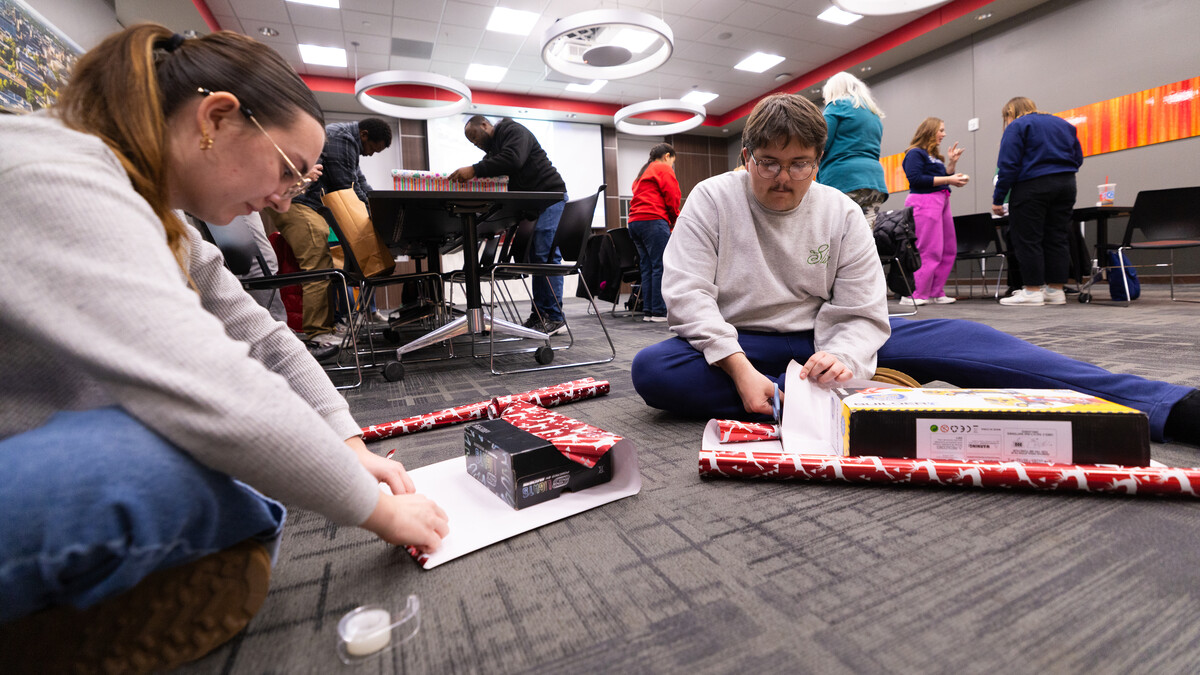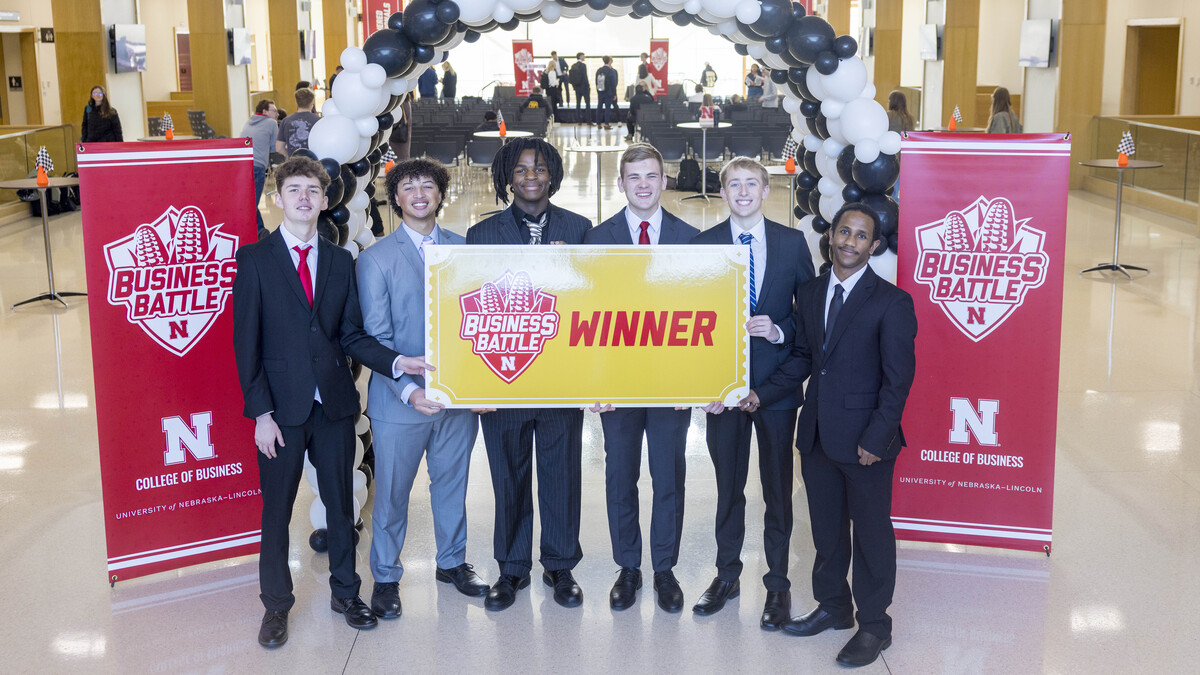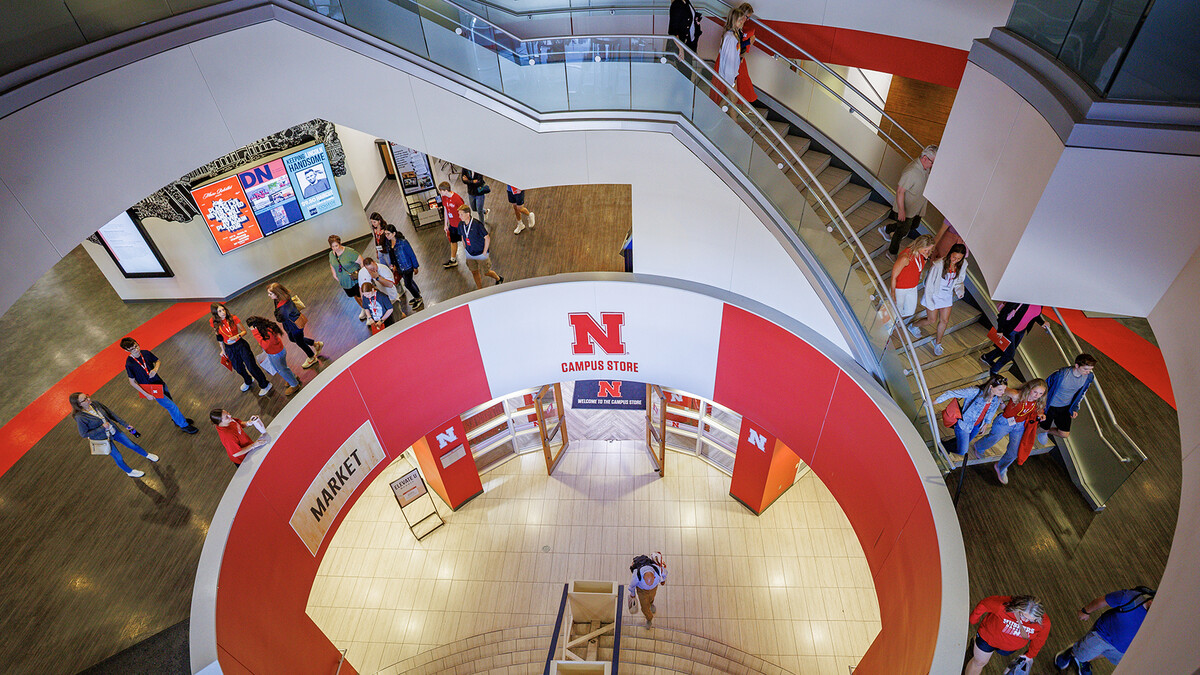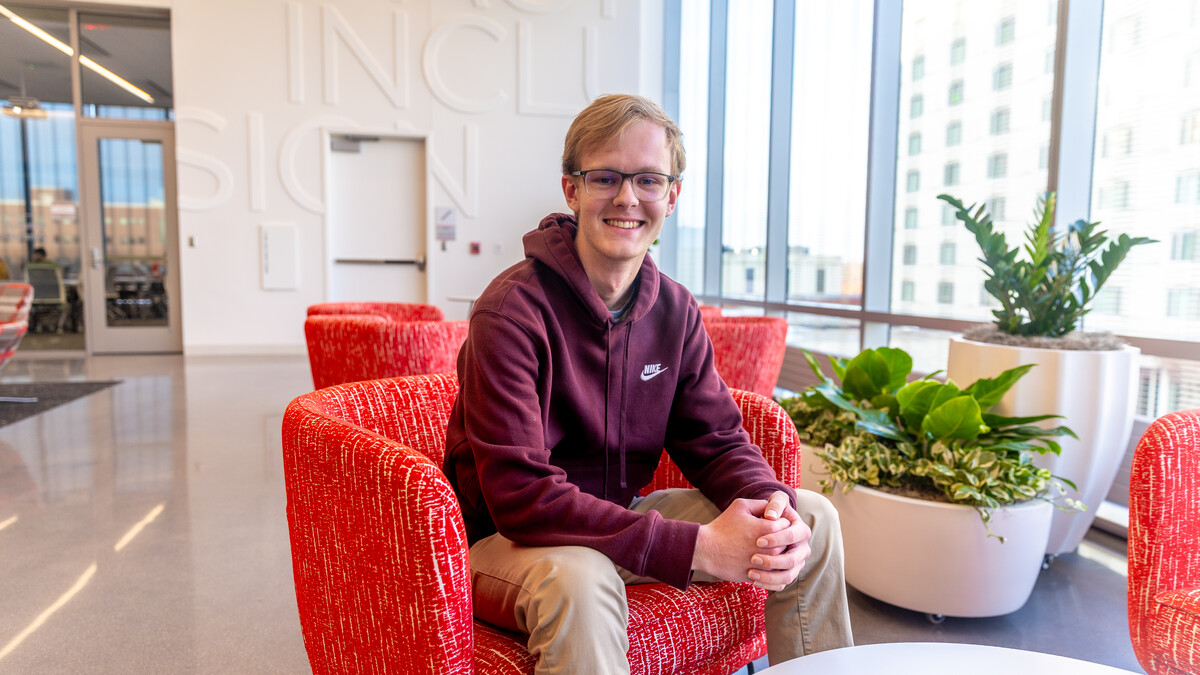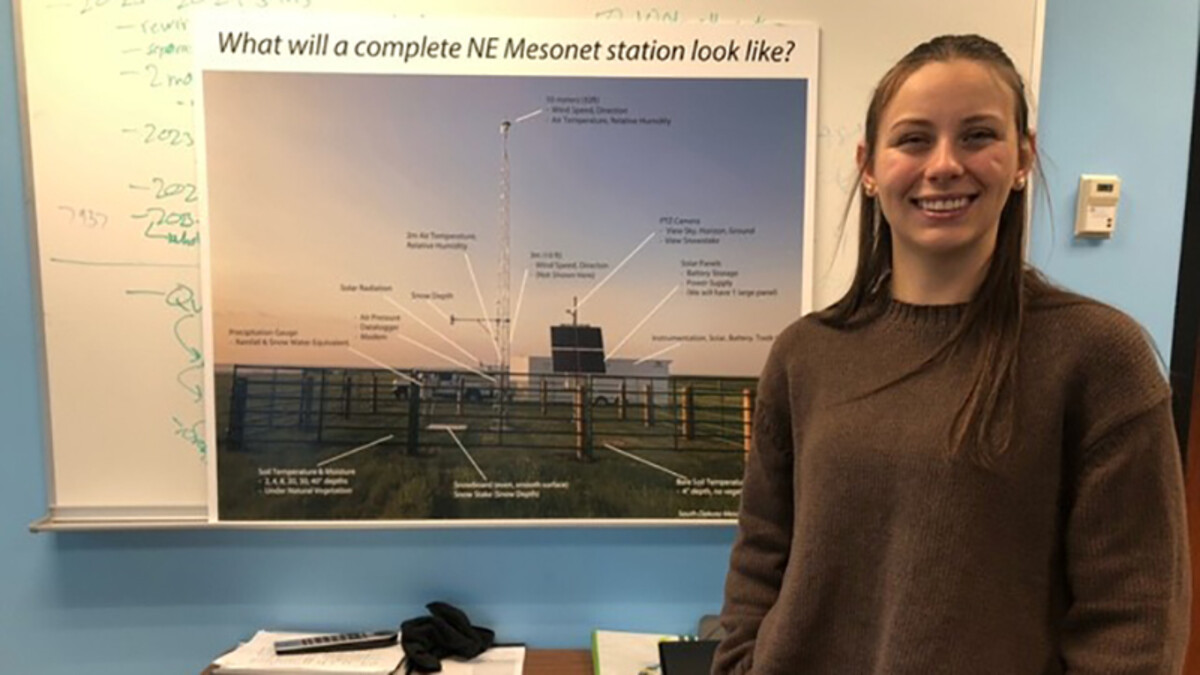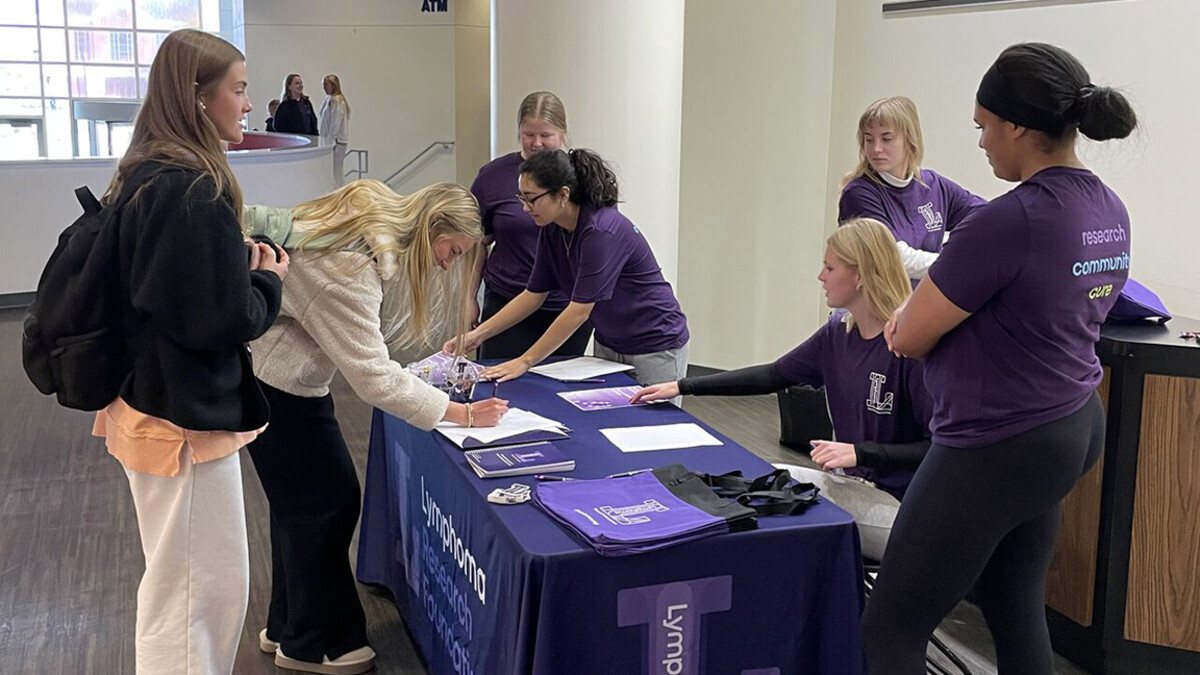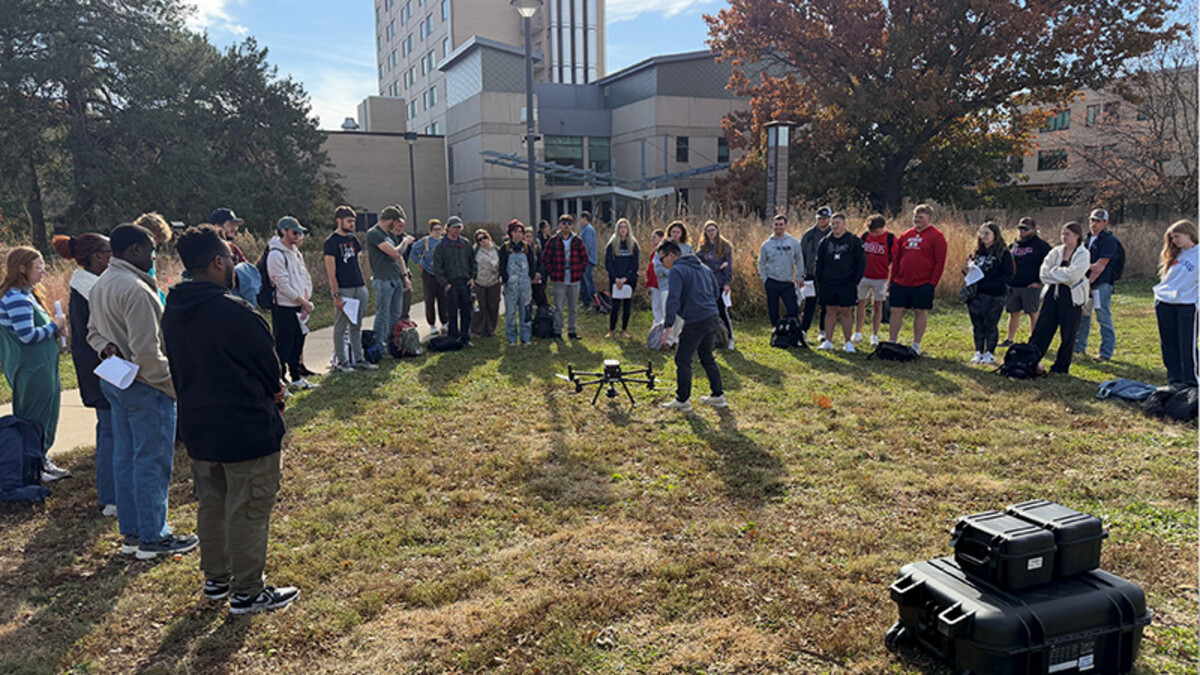
Where can you build a scale model theme park attraction, assemble dozens of robotics kits for kids, or fabricate a race car to compete on this summer’s Nebraska dirt tracks? Look no further than Kiewit Hall's Garage.
Located on two levels of the College of Engineering’s newest academic building, the Garage features 25,000 square feet of prototyping and design space for students and capstone projects. With access to multiple 3D printers, laser cutters and soldering irons, it’s a point of pride for engineering students where everything’s accessible and innovation is encouraged.
“The collaborative atmosphere of the Garage sets it apart from any other location on campus,” said Patrick Stolinksi, a junior civil engineering major and president of PROTO, one of four Recognized Student Organizations utilizing the workshop space.
“With the Garage, I don’t have to worry about how I’ll get access to equipment or transport supplies between locations,” said B Littman, a senior mechanical engineering major who oversees UNL’s Theme Park Design RSO. “Everything is in one place so I can focus on the end goal.”
One of the college’s goals when Kiewit Hall was completed in 2024 was having a hands-on workshop dedicated to student collaboration. Whether it was using traditional wood shop or metal shop tools to design and build projects or having access to facilities capable of fixing a car, the Garage was one of the most important features in the new building.
“Students can’t just walk in and start using equipment,” Max Wheeler, Garage director and a 2013 mechanical engineering alumnus, said. “It’s about broadening their toolbox. We provide a progression for using equipment, like 15 minutes of miter saw training to get comfortable with the machine or a hands-on process of learning how to weld.”
Wheeler serves as a “Garage guide” with an orientation process that features a 15-minute tour and demonstrates various security features.
“Wood and metal shops will only be available when staff are here during the day,” he said, “otherwise the digital fabrication lab is open 24/7.”
Littman noted that extra time devoted to safety training and orientation is a small price to pay to access the space anytime, day or night.
“I love how accessible the Garage space is,” he said. “I don’t have to go out of the way to access a maker space, and I feel comfortable asking for assistance from other engineering students.”
Wheeler, who spent five years at Innovation Studio on Nebraska Innovation Campus and worked as a field engineer in private industry, said the college envisions the Garage as a “giant ecosystem” to help students prepare for life after college.
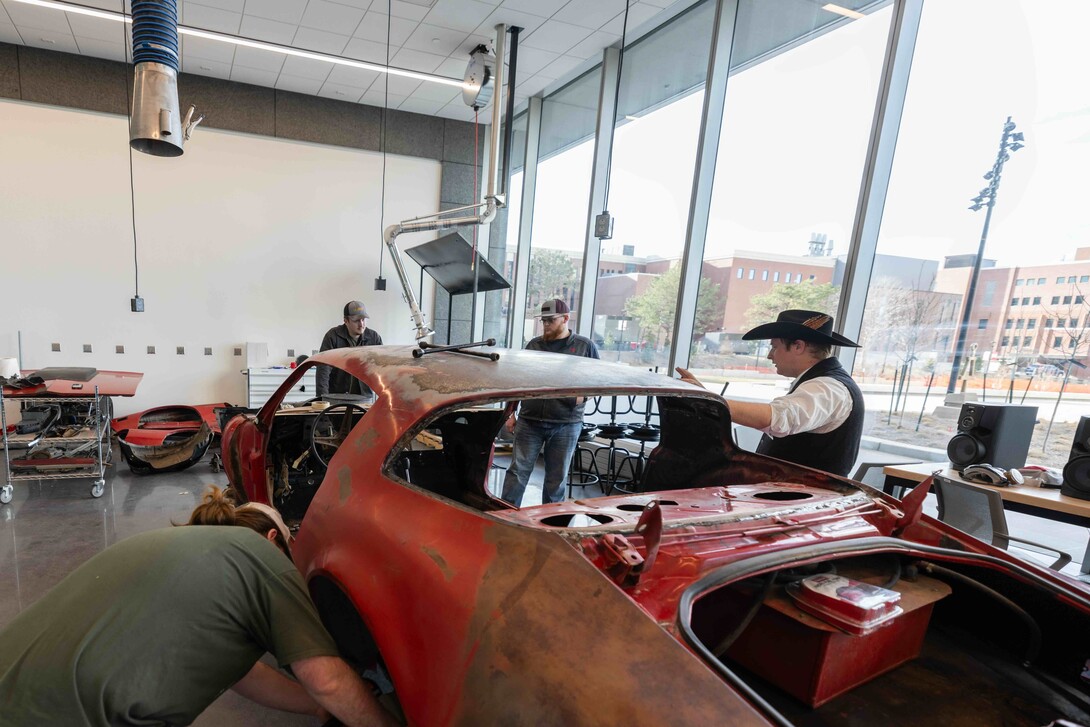
He says makerspaces aren’t new — Massachusetts Institute of Technology piloted the concept almost 20 years ago — but to be able to access machining and welding equipment or laser cutters between classes is a not something many colleges currently possess.
“This is melded into the DNA of the building and what we want to do here,” Wheeler said.
Lance C. Pérez, dean of Engineering, hopes the space will accommodate capstone design projects that include students from business, journalism, architecture and other disciplines at the university.
“What this building is going to facilitate is the kind of interaction that replicates how our engineering students are going to be working when they are out in the industry,” Pérez said.
According to Stolinski, engineering students like him have been gifted an environment that “feeds innovation and creativity.” Students are encouraged to use the Garage not just for a class or a club but for personal projects.
“Students supply their own materials, but use of the machines is free,” he said. “This allows us to learn commercial-level machinery with staff and, after training, enables unrestricted use of the machines. The Garage is a workshop for great ideas and projects to be made possible.”
It’s not just students who find the Garage a great destination; faculty are appreciative of the resources it provides, too. Rachael Wagner (’18), assistant professor of practice in mechanical and materials engineering, said the Garage has made a big difference in how she incorporates hands-on learning, noting that before Kiewit Hall was completed, getting students set up to build a physical prototype wasn’t easy.
“The Garage has made this so much easier,” said Wagner, who is also working toward a Ph.D. in engineering. “The most common feedback I get is that students think it’s ‘really cool.’ I think this means that they are quite amazed that so many resources, training and equipment are provided to them in such an accessible way.”
